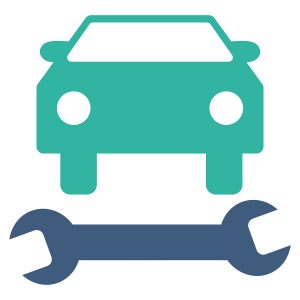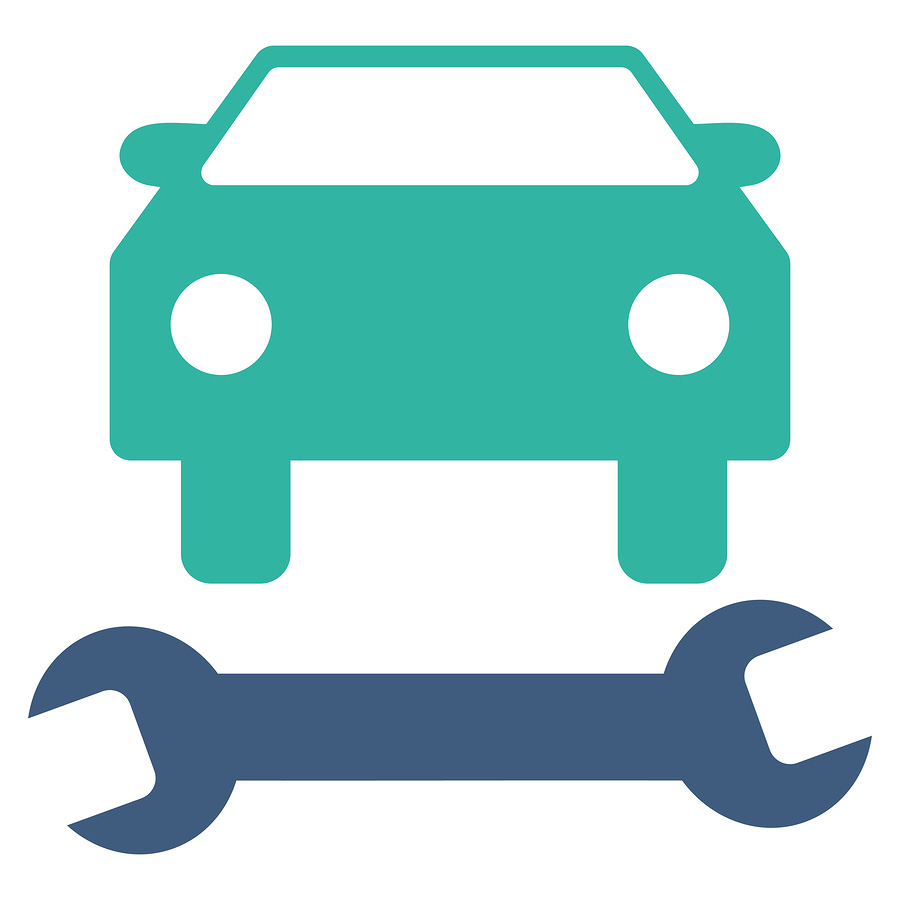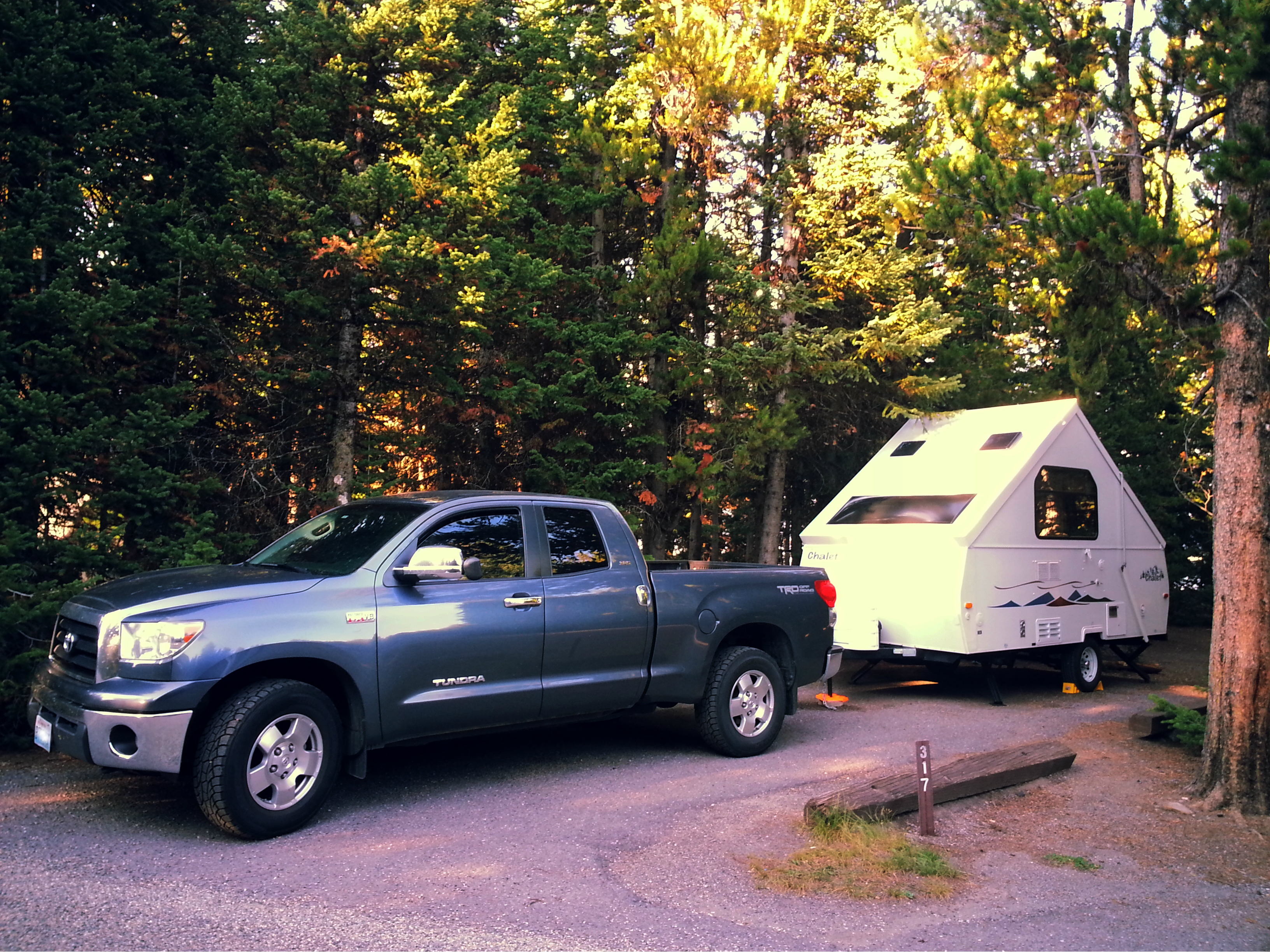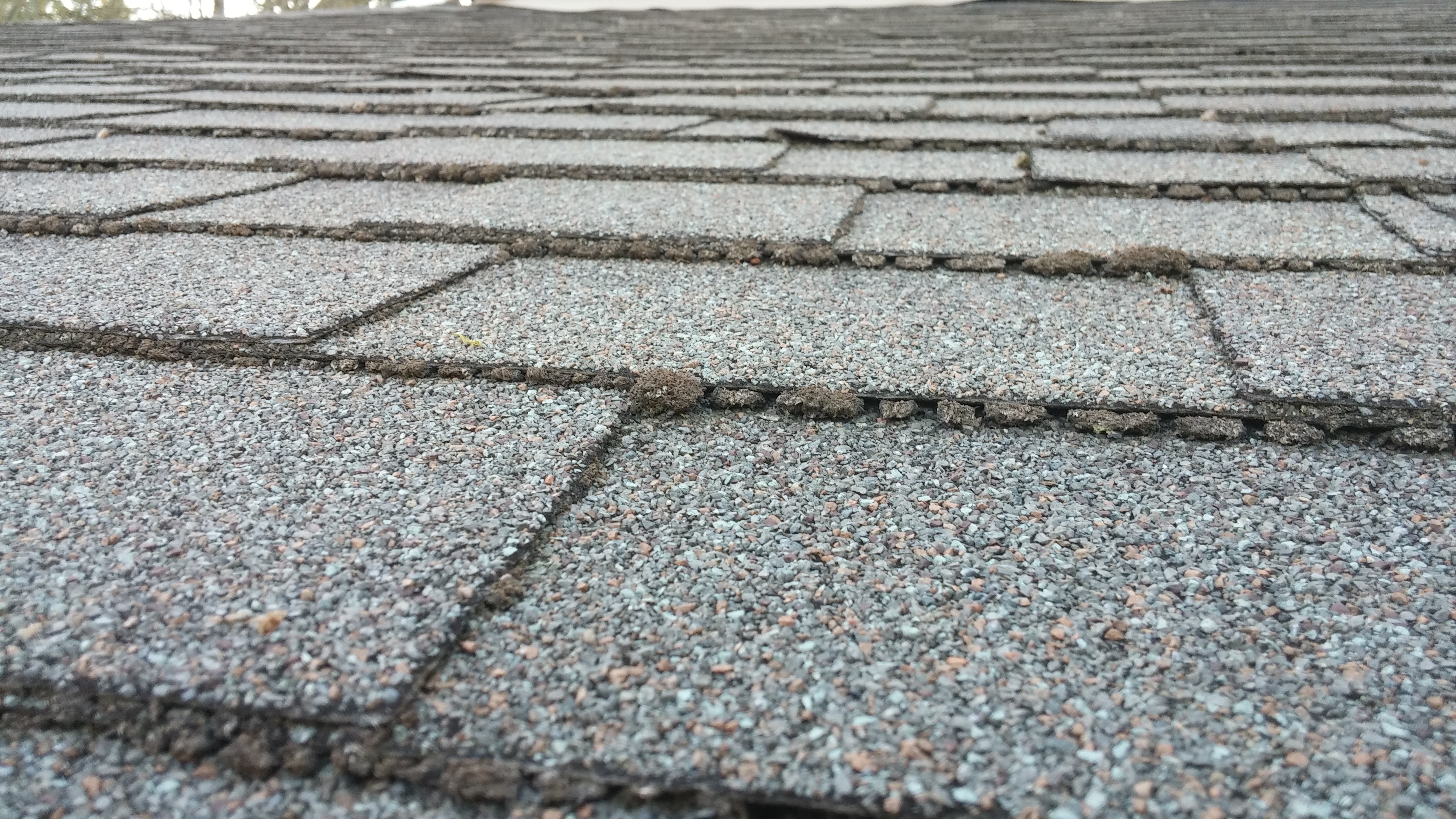5 Ways to Increase the Longevity of Your Car
Simple Do-It-Yourself Tips
 Purchasing a car is a big investment. Some people keep cars for 10+ years, while others trade them in only after a few years of driving. Either way, taking pride in your vehicle and keeping it properly maintained is crucial for increasing the longevity of your car. Here are five key tips to keeping it maintained properly.
Purchasing a car is a big investment. Some people keep cars for 10+ years, while others trade them in only after a few years of driving. Either way, taking pride in your vehicle and keeping it properly maintained is crucial for increasing the longevity of your car. Here are five key tips to keeping it maintained properly.
Wash Your Car Often
Some people are great at keeping their car clean, while others may let it go until someone writes “Wash Me!” on the window. Keeping your car clean is crucial for resale/trade in value because contaminants like dust, pollen, tree sap, bugs, bird droppings, salt and more damage your paint and finish.
Heat, rain and air pollution can also affect the longevity of your paint and finish.
When should you wash your car immediately? If newly splattered bugs, bird droppings, and tree sap appear on your car. If you have a long commute to work each week, consider washing it weekly since dirt, pollen, gravel or air pollutants can have an impact on your car’s paint.
When to wash your car 1-2x a month
If you have mild weather, if you don’t drive your car much where it wouldn’t be exposed to tree sap, bugs, and bird droppings or if your car stays in a closed garage most of the time.
Fill The Gas Tank Before It Gets Too Low
Gasoline can act as a coolant for your electric fuel-pump motor. When your gasoline level is very low, the pump sucks in air, which can create heat and cause the fuel pump to work harder. There is a chance the fuel-pump motor could wear prematurely or fail if you always drive your car when it’s near empty.
Don’t rely on your car telling you how many miles are empty. When your tank is ¼ full, fill it up.
Check The Air Filter
Look to replace your air filter once a year or every 20,000 miles. It’s fairly inexpensive and can actually benefit you by increasing your fuel efficiency, reduce emissions and prolong your engine life.
Check the Fluids
Fluids play an important role in your engine and car health. While most of us leave it to the professionals to check the different fluid levels, there are some you can do yourself on a monthly basis.
Check your windshield wiper fluid. Your windshield wiper fluid reservoir is typically a large, white plastic container with a windshield wiper image on it. You can always check your owner’s manual to make sure it’s correct. If the fluid level is less than the line shown or less than three quarters full, fill it up.
Check your oil. Once you’ve found your dipstick, pull it all the way out and wipe the end. Then, reinsert the dipstick. When you pull it out again, see where the oil level lines up on the line. It should be near the full line. If it’s not, add more oil.
Replace the Fuel Filter
Your fuel filter catches particles, debris and impurities in your gas tank before the fuel reaches the pump. This makes sure only clean gasoline reaches your engine. You want to avoid any debris clog up over time. Replacing your fuel filter may be different depending on the on the car and what the manufacturer recommends. Check your owner’s manual to find out the timeline for your vehicle and leave this one to an expert unless you’re especially handy.
While we can’t help you maintain your vehicle, we can find you great rates on your home and auto insurance.
If you have questions about your home, auto or commercial insurance, call the insurance agents at Pacific Ridge Insurance. They write business across the state of Oregon from their home office in Klamath Falls, OR. Policies can easily be written over the phone by calling (888) 337-5882. With years of insurance experience they can easily help you insure everything from your home to your auto or commercial auto insurance. They live where you do and are an independent insurance agent, so they can help you find the right company to fit your needs. You can also check out their website, 24/7.



 Spring is a great season to start looking for good used campers. Whether you’re looking at a dealership or from a person off of Craigslist, it’s important to know how to look for possible damage or wear.
Spring is a great season to start looking for good used campers. Whether you’re looking at a dealership or from a person off of Craigslist, it’s important to know how to look for possible damage or wear.
 We all know that owning a home is an expensive investment. Unfortunately, you can’t just move in and let it set. Homes require constant maintenance to ensure you don’t get costly damage. We suggest doing a yearly home inspection.
We all know that owning a home is an expensive investment. Unfortunately, you can’t just move in and let it set. Homes require constant maintenance to ensure you don’t get costly damage. We suggest doing a yearly home inspection.